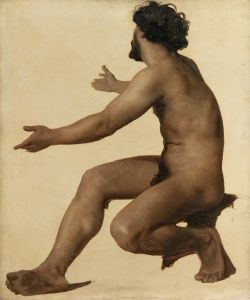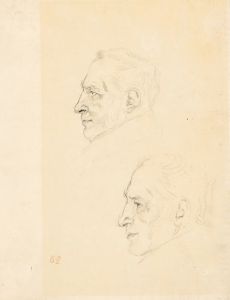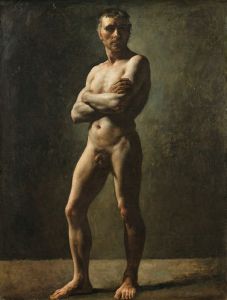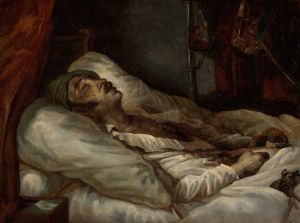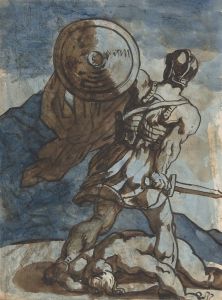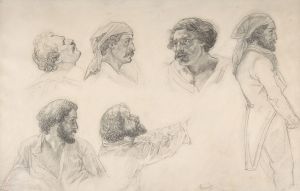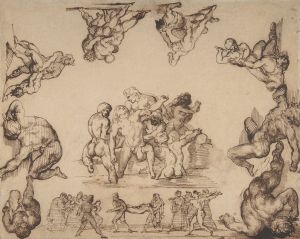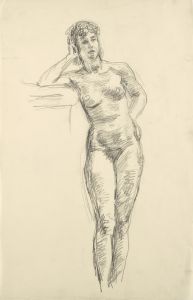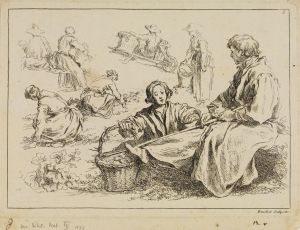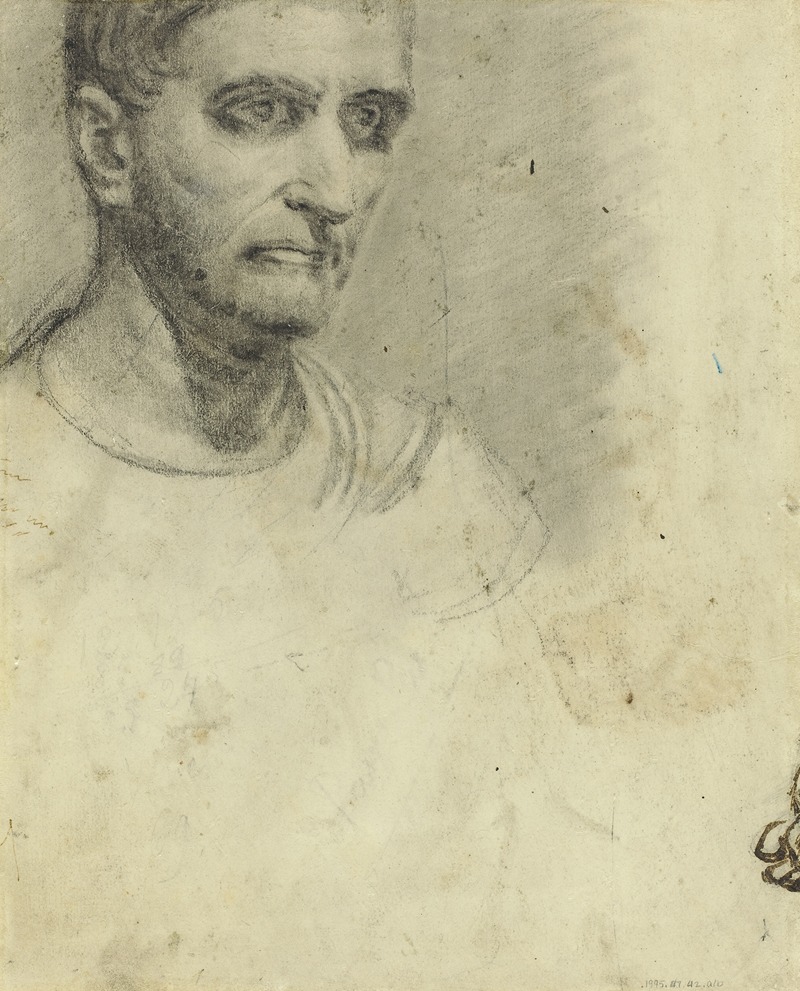
Study of a Man
A hand-painted replica of Théodore Géricault’s masterpiece Study of a Man, meticulously crafted by professional artists to capture the true essence of the original. Each piece is created with museum-quality canvas and rare mineral pigments, carefully painted by experienced artists with delicate brushstrokes and rich, layered colors to perfectly recreate the texture of the original artwork. Unlike machine-printed reproductions, this hand-painted version brings the painting to life, infused with the artist’s emotions and skill in every stroke. Whether for personal collection or home decoration, it instantly elevates the artistic atmosphere of any space.
"Study of a Man" is a painting by the renowned French artist Théodore Géricault, who is widely recognized for his significant contributions to the Romantic movement in art. Géricault, born on September 26, 1791, in Rouen, France, is best known for his dynamic compositions and his ability to convey intense emotion and drama through his works. Although "Study of a Man" is not as famous as some of his other works, such as "The Raft of the Medusa," it still reflects his exceptional skill in capturing human form and expression.
Géricault's career was marked by a fascination with the human condition, and he often explored themes of suffering, heroism, and the human struggle against nature and fate. His works are characterized by their bold use of color, dramatic lighting, and dynamic compositions, which were innovative for his time and helped to lay the groundwork for the Romantic movement in art.
"Study of a Man" is a testament to Géricault's keen interest in the human figure and his dedication to studying anatomy. This particular work showcases his ability to depict the human body with remarkable accuracy and sensitivity. Géricault was known to have studied cadavers and attended dissections to gain a deeper understanding of human anatomy, which is evident in the meticulous detail and realism of his figure studies.
The painting likely served as a preparatory study for one of Géricault's larger compositions or as an academic exercise to refine his skills. Such studies were common practice among artists of the time, who often created numerous sketches and studies before embarking on a major work. These studies allowed artists to experiment with composition, form, and technique, and they often provide valuable insight into the artist's creative process.
Géricault's "Study of a Man" exemplifies his mastery of chiaroscuro, the use of strong contrasts between light and dark to create a sense of volume and three-dimensionality. This technique was a hallmark of Géricault's style and contributed to the dramatic intensity of his works. The painting's focus on the human form, stripped of any extraneous detail or background, highlights Géricault's interest in the raw, unadorned beauty of the human body.
Throughout his career, Géricault was influenced by the works of earlier masters such as Michelangelo and Caravaggio, whose dramatic use of light and shadow and emphasis on the human figure resonated with his own artistic vision. Géricault's studies, including "Study of a Man," reflect this influence and demonstrate his commitment to pushing the boundaries of traditional academic art.
While "Study of a Man" may not be as widely recognized as some of Géricault's other works, it remains an important piece within his oeuvre, offering insight into his artistic process and his enduring fascination with the human form. Géricault's legacy as a pioneer of the Romantic movement and his influence on subsequent generations of artists continue to be celebrated today.





